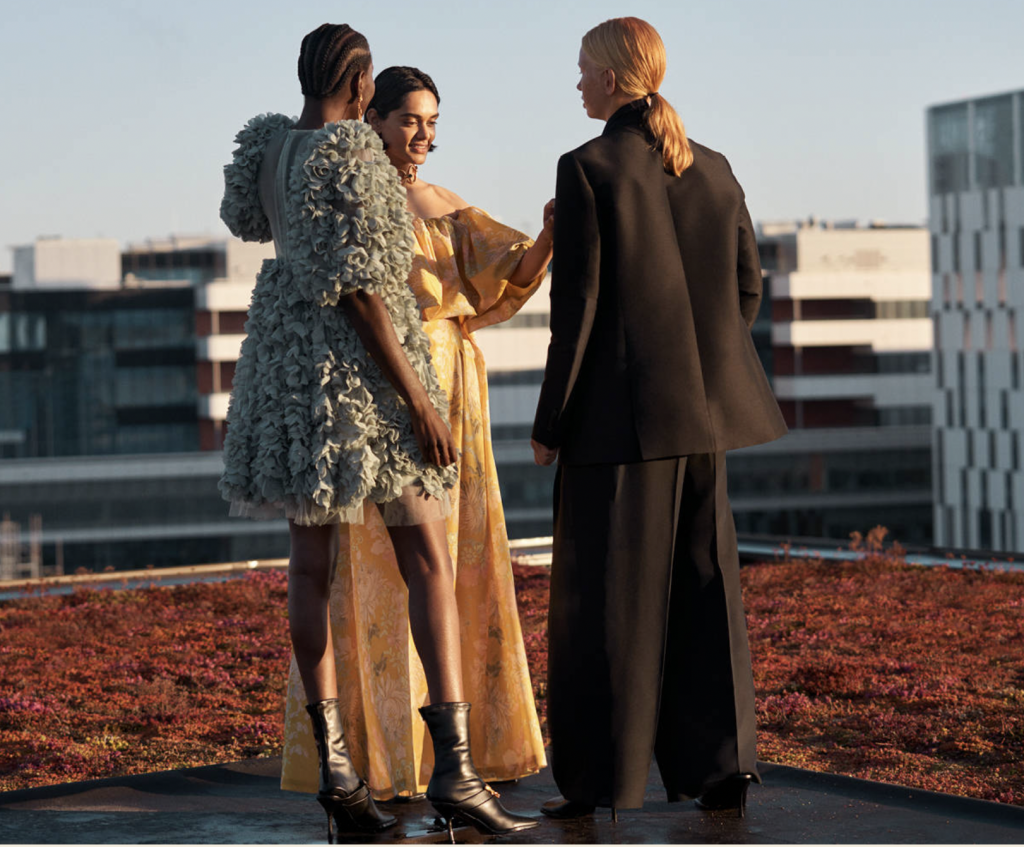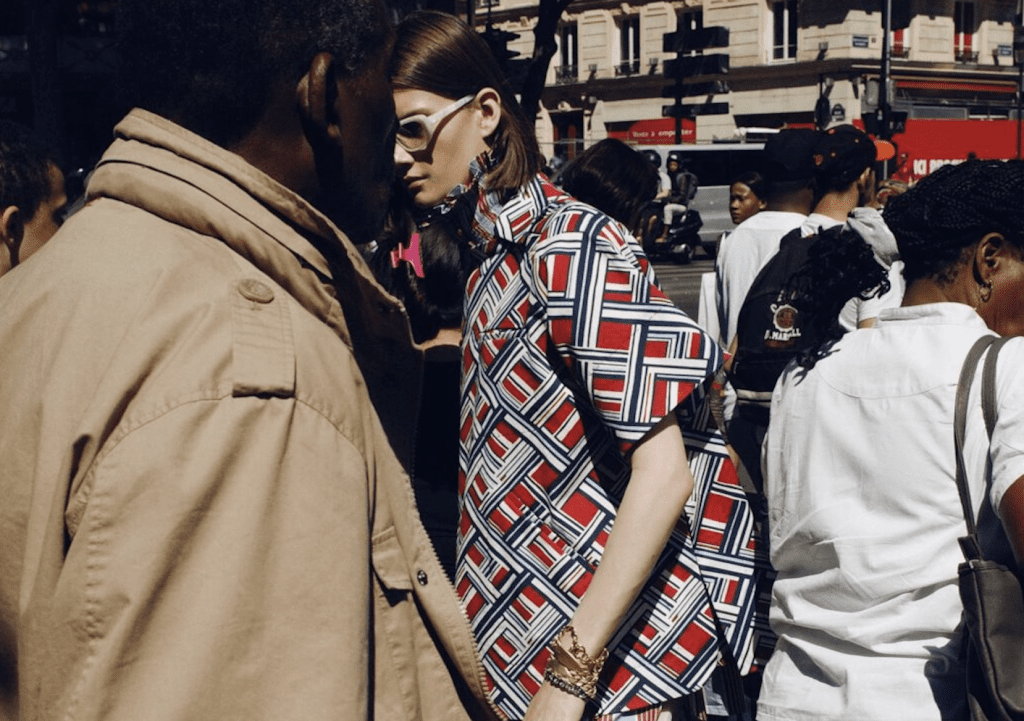Gender diversity in the C-suite was on the rise in 2020, with female representation among incoming chief executive officers in the fashion industry up by almost 100 percent. “More than 100 individuals were hired for CEO roles overall in the [apparel] industry during 2020,” according to a report from Madrid-based data research firm Nextail. The newly-released “Fashion’s Newest CEOs” report documents “major fashion retail CEO appointments,” primarily by companies in Europe and the United States, as companies took action “to prepare themselves for a more digital, sustainable, and diverse future based on their choices in leadership,” despite a larger sense of “risk aversion provoked by the pandemic.”
“Despite a year of unprecedented disruption, the fashion industry saw more than 100 CEO changes,” with some companies replaced long-standing brand founders or family members after decades of leadership, while others created the CEO role where it did not exist before.” Among some of the “noteworthy” cases, Nextail notes in its report that “Coty, Kylie Beauty, and J. Crew all had multiple turnover situations in 2020,” while the likes of Tapestry and Outdoor Voices, suffered from instances of “scandal and internal turmoil,” referring to the Coach, Kate Spade, and Stuart Weitzman’s parent company Tapestry’s July 2020 revelation that chairman and CEO Jide Zeitlin would resign over allegations of “personal misconduct.”
Meanwhile, athleticwear company Outdoor Voices’ founder Tyler Haney was allegedly forced out of her role as CEO in February. (Haney has since returned to the company as an active board member, as former J.Crew CEO Mickey Drexler, who joined Outdoor Voices as chairman of the board and investor, and interim CEO Cliff Moskowitz announced they would leave).
At the same time, Nextail highlighted appointments by major fashion retailers, such as H&M, which hired Helena Helmersson as the first non-family member CEO of Stockholm-based apparel group, and Gap, Inc., which tapped Sonia Syngal as president and CEO in March 2020. And in retail more generally, Nextail notes that Lauren Hobert became the first female CEO of a major sporting goods retailer upon her appointment as CEO of Dick’s Sporting Goods.
Within the fashion space, specifically, Nextail found that ready-to-wear companies brought in the most new CEOs (a total of 24.5 percent of CEO changes for the year), followed by footwear, fast fashion, and jewelry/accessories companies, which each represented 13.7 percent of the C-level changes. Meanwhile, department stores and e-commerce marketplaces – including MatchesFashion, Zappos, and Printemps, among others – were included on the list this year, making up 7.8 percent of CEO changes measured.
Looking into the reasons behind the 95.1 percent growth in female CEO representation compared with their predecessors, Nextail states that “in addition to the significant business case for diversity and inclusion, and gender parity, such growth reflects an industry aligning itself with a reality in which 80 percent of students at leading fashion schools and 75 percent of employees at apparel stores are women.” Looking forward, the research firm states that “female fashion leadership is likely to continue growing as companies ramp up their long-term diversity and inclusion initiatives post-crisis.”
In terms of what companies are looking for when it comes to the CEO role, Nextail states that there are “underlying signs that fashion companies are still advancing on long-term gender parity, digitization, sustainability and goals.” Specifically, the company asserts that “if digital transformation was not on the priority list for fashion companies before the pandemic, it certainly will be in 2021 and beyond,” and hiring will reflect this, as will the fact that sustainability is “likely to become a standard on the CEO agenda.” Pointing a number of CEO appointments in 2020, including H&M’s hiring of Helena Helmersson, whose “vision to improve the sustainability of the fast-fashion group” was a notable aspect of her appeal as a leader, Nextail states that “sustainability was also mentioned among the reasons for hiring a number of leaders in 2020.”
Another anticipated trend in furtherance of companies’ quests to bring on the most seasoned executives in order “to lead them out of the current crisis,” Nextail expects that “fashion companies will continue hiring company outsiders for the role of CEO in the short-term or in cases when essential company priorities require skill sets not currently available within internal company profiles.”
Similarly, the firm notes that while it anticipates that future hires will have fashion experience, “their expertise in other industries will also bring value.” For instance, as more retail companies turn to advanced technologies like artificial intelligence and automation for increasing supply chain and merchandising efficiencies, “they will require leaders who will buy into innovations related to data science, artificial intelligence, and more.”
Ultimately, the report predicts that “female leadership will likely continue to increase, especially as more representation will naturally lead to more mentorship and sponsorship of other women.”











